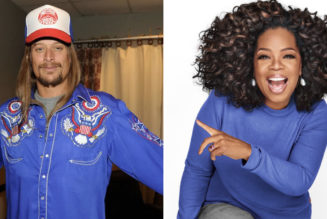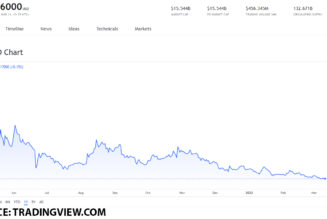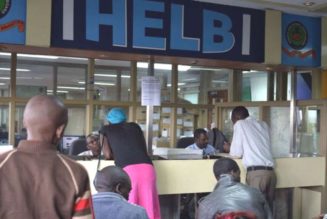
Songwriter and publisher U.S. mechanical streaming royalty rates are going up — slowly — to a headline rate of 15.35% of total revenue from 2023-2027. That’s the big news out of Wednesday’s (Aug. 31) joint announcement on the “Phonorecords IV” settlement from the National Music Publishers’ Association (NMPA), the Nashville Songwriters Associations International and the Digital Media Association (DiMA). But how long will it take to get there and at what pace? What are the other conditions? Billboard now has more more key details about the deal.
Under the new settlement agreement — which the NMPA touts will set the “highest royalty rate in the history of streaming anywhere” — the headline rate will escalate from 15.1% of revenue in 2023 to 15.2% in 2024 and then a half a percentage point increase in each of the remaining three years, peaking at 15.35% in 2027, the final year of the term. Meanwhile, for the stand-alone portable subscription offerings — like Spotify — the total content cost (TCC) component of the rate formula will be set at 26.2% of what’s paid to labels for the entire term, or $1.10 per subscriber, whichever is lower. Previously, those numbers were 21% of revenue and 80 cents per subscriber.
This means that the resultant TCC pool is measured against the total service revenue. Whichever is larger is designated the “all-in” pool, including both performance and mechanical royalties. After this is established, performance royalties are subtracted out, leaving just the mechanical royalties behind.
Finally, the resultant mechanicals are judged against a pool, calculated by multiplying a streaming service’s total subscribers by 60 cents per person. Whichever of these two totals is bigger becomes the final mechanical royalty pool paid out to publishers and songwriters. Previously, the multiplier for the last 10 years had been set at 50 cents per subscriber.
This now-agreed-upon formula ensures a higher pay rate for publishers while allowing services — including Spotify, Apple Music, Amazon, Pandora and Google (YouTube) — to have more certainty in what rate they are probably going to be paying. Previously, before the CRB announced its determination in the Phono III (2018-2022) remand proceeding on June 1, most services had reverted to using the 10.5% of service revenue headline rate from 2013-2017 for 2021. Using the old formula’s parameters, that resulted in a 14.4% rate for 2021 because the other factors of the rate formula kicked in.
Now, with the headline rate set high, it is likely to become the dominant factor in determining the overall rate for services, David Israelite, president and CEO of the NMPA, and Garrett Levin, president and CEO of DiMA, told Billboard in a joint phone call.
“What’s important is after eight years of conflict between [the services and music publishers], we have entered the future as business partners working together,” which could lead to other new developments, Israelite said, and Levin concurred.
Another source, who often works with music streaming services, adds that this settlement is good for both sides for a number reasons. “For one, it lets the industry to continue to grow; and the rates set in a settlement that not only won’t cripple the services but, secondly, it lets them know what the rates payouts [will be] with more certainty. Thirdly, both sides made concessions so that the services got favorable language on bundles and free trials that allows them to get more subscribers into the ecosystem, while giving the songwriters and publishers a little more in pay. All in all, everyone is growing — the services, the labels, the publishers and songwriters and how do we keep that momentum going. This settlement gives us a sustainable music ecosystem.”
The settlement also done one more thing for both sides: it saves millions of dollars in legal fees that the Copyright Royalty Board (CRB) rate determination usually costs them.
Now, the settlement has been agreed to by most of the rate court settlement. It will be posted on the CRB’s website and undergo a comment period from interested parties. Following this period, the CRB still has to approve the settlement, which includes ensuring it is compliant with U.S. copyright laws.
[flexi-common-toolbar] [flexi-form class=”flexi_form_style” title=”Submit to Flexi” name=”my_form” ajax=”true”][flexi-form-tag type=”post_title” class=”fl-input” title=”Title” value=”” required=”true”][flexi-form-tag type=”category” title=”Select category”][flexi-form-tag type=”tag” title=”Insert tag”][flexi-form-tag type=”article” class=”fl-textarea” title=”Description” ][flexi-form-tag type=”file” title=”Select file” required=”true”][flexi-form-tag type=”submit” name=”submit” value=”Submit Now”] [/flexi-form]










Tagged: Amazon, Analysis, Apple, business, Copyright Royalty Board, CRB, DiMA, entertainment blog, music blog, NMPA, nsai, Pandora, Publishing, Spotify, Streaming, YouTube